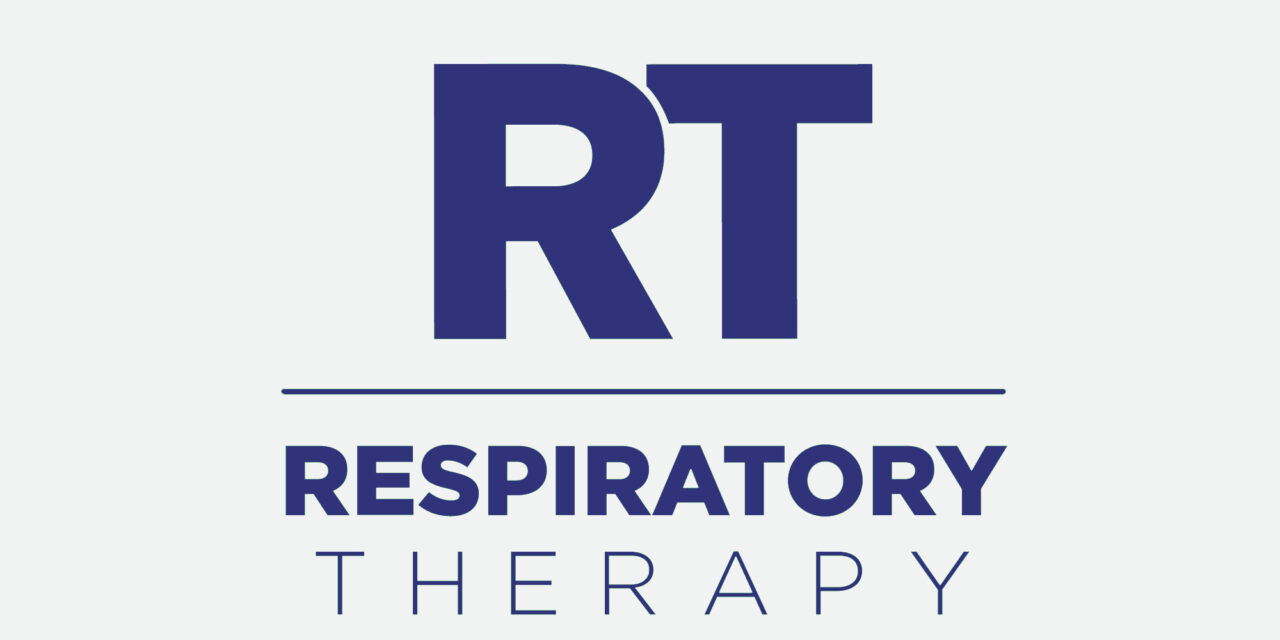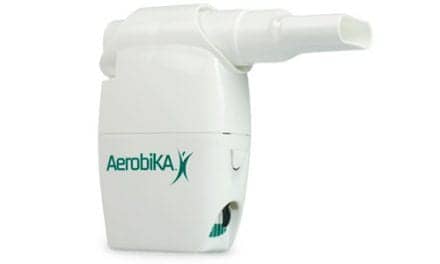Improving patient compliance is a major goal of CPAP device manufacturers. RT spoke with Jeff Maglin, product manager, Sleep Therapy, Respironics Home Care Division, about what recent studies have shown about C-Flex and compliance in sleep apnea patients.
RT: How does C-Flex differ from conventional CPAP?
Maglin: C-Flex is a revolutionary new technology in the Respironics REMstar® family of CPAP devices that provides more comfortable treatment for obstructive sleep apnea. One of the main obstacles to patient compliance is pressure intolerance. C-Flex addresses this obstacle by providing pressure relief at the beginning of exhalation, resulting in a more natural breathing pattern. Before exhalation ends, C-Flex returns to the set pressure to ensure proper therapy. The amount of pressure relief is based on the patient’s expiratory flow and the patient-adjustable C-Flex setting of 1, 2, or 3. Using the triggering and cycling algorithms of Digital Auto-Trak™, C-Flex devices are able to respond on a breath-by-breath basis.
RT: Does C-Flex improve compliance and decrease side effects? If so, how?
Maglin: New clinical evidence was presented recently at the American Thoracic Society (ATS) and the Associated Professional Sleep Societies (APSS) meetings. Specifically, two studies demonstrate that patients who use C-Flex have increased adherence and are generally more satisfied with CPAP therapy over a 6-month period. A study out of Brown Medical School and funded by the National Institutes of Health found that patients who use C-Flex use their therapy on average more than an hour longer per night than those using conventional CPAP, a significant improvement not seen with any previous CPAP enhancement. Another study, an international multisite trial, not only showed patients on C-Flex used their therapy longer but also were more satisfied with treatment and mask comfort than patients using traditional CPAP therapy.
RT: How does C-Flex work in a clinical environment?
Maglin: C-Flex is an ideal first-line treatment for OSA. Because of the enhanced comfort, newly diagnosed patients may have greater success with therapy if they start treatment using a device with C-Flex. However, there are instances where patients have difficulty tolerating CPAP altogether. In those cases where patients fail to comply with CPAP, their provider may prescribe bi-level positive airway pressure. Certain Respironics BiPAP® bi-level systems include Bi-Flex®, which offers the ultimate patient comfort by not only providing pressure relief at the beginning of exhalation but also smoothing the transition between exhalation and inhalation.
RT: What therapy options are available through the family of REMstar devices with C-Flex?
Maglin: Respironics offers C-Flex in REMstar fixed CPAP and auto-adjusting CPAP systems, and the BiPAP Pro 2 delivers bi-level therapy with Bi-Flex. That means that more patients can benefit from therapy that is made more comfortable by flex technology. The REMstar and BiPAP families also offer choices in compliance reporting capabilities and humidification to meet more patient and provider needs.










